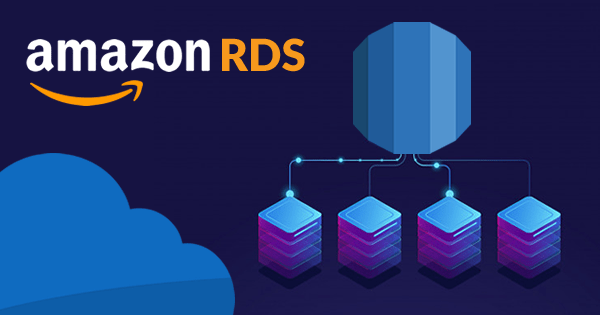Amazon Relational Database Service (Amazon RDS) is a powerful web service offered by Amazon Web Services (AWS) that streamlines the setup, operation, and scalability of relational databases. Whether you’re a seasoned developer or just starting your cloud journey, Amazon RDS provides an efficient and cost-effective solution for managing industry-standard relational databases.

What is Amazon RDS?
Amazon RDS takes the complexity out of managing databases. Here are some key features:
- Ease of Setup: With Amazon RDS, you can quickly create and configure database instances without worrying about hardware provisioning or software installation. It’s like having a database expert at your fingertips.
- Scalability: Amazon RDS allows you to easily adjust your database capacity as your application grows. You can scale up or down based on demand, ensuring optimal performance without overprovisioning.
- Multiple Database Engines: Choose from a variety of popular database engines, including Amazon Aurora, PostgreSQL, MySQL, and SQL Server. Amazon RDS supports them all, so you can pick the one that best suits your application requirements.
- High Availability: Amazon RDS automatically replicates your database across multiple Availability Zones, providing fault tolerance and minimizing downtime. You can also create read replicas to offload read traffic and improve performance.
- Automated Backups and Maintenance: Amazon RDS handles routine tasks such as backups, software patching, and OS updates. This frees you from manual maintenance, allowing you to focus on building great applications.
Why Use Amazon RDS?
- Cost Efficiency: Amazon RDS offers pay-as-you-go pricing, so you only pay for the resources you use. No upfront costs or long-term commitments.
- Security: Amazon RDS integrates with AWS Identity and Access Management (IAM) for fine-grained access control. It also supports encryption at rest and in transit.
- Performance: With Amazon RDS, you get optimized performance out of the box. It automatically manages database parameters and tuning for you.
- Global Reach: Deploy your database instances in multiple AWS regions to serve users worldwide. Amazon RDS makes it easy to replicate data across regions for disaster recovery.
Getting Started with Amazon RDS
- Choose Your Database Engine: Select the database engine that best fits your application. Amazon RDS supports various options, each with its own strengths.
- Create a Database Instance: Use the AWS Management Console or APIs to create your database instance. Specify the desired capacity, storage, and other configuration settings.
- Connect to Your Database: Once your instance is up and running, connect to it using standard database clients or through the AWS SDKs.
- Monitor and Optimize: Monitor performance metrics using Amazon CloudWatch. Adjust instance size, storage, and other parameters as needed.
Conclusion
Amazon RDS simplifies database management, allowing you to focus on building great applications. Whether you’re a startup or an enterprise, Amazon RDS provides the scalability, reliability, and ease of use you need to succeed in the cloud.
Learn more about Amazon RDS in the official documentation. Start your journey with AWS and unlock the power of relational databases in the cloud! 🚀


